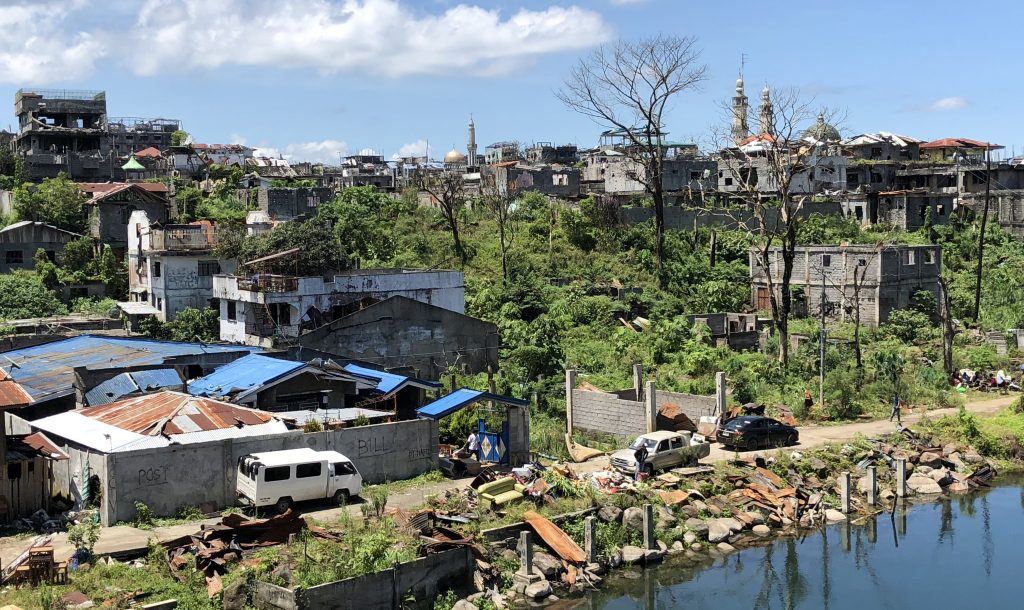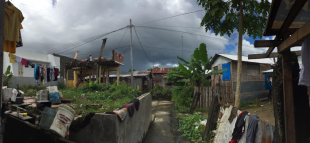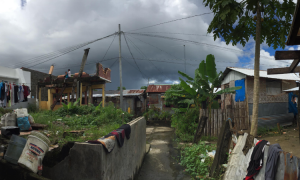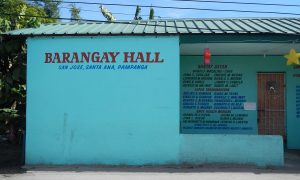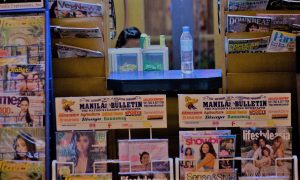Exactly a year ago, a group of armed men took over the Islamic City of Marawi in the island of Mindanao in Southern Philippines. Carrying black flags bearing the insignia of the Islamic State of Iraq and Syria, the Maute Group forced the government to put the city on lockdown, resulting to five months of clashes between the Philippine military and ISIS-inspired militants.
Government estimates over one thousand people killed and 200,000 residents fleeing their homes.
Four months after the Duterte regime declared mission accomplished, officials from Task Force Bangon Marawi (the task force) presented the plans for rebuilding a city that has been bombed, shelled and burned to the ground. The reconstruction plan aims to revitalise the city to become the centre for economic growth and a tourist destination in Central Mindanao.
The New Marawi
It did not take long before local journalists reported that the vision for New Marawi is driven by a consortium of Chinese and Filipino companies led by China State Construction Engineering Corp. Ltd.
This development was met with outrage.
A week after the presentation of the plan, Ranaw Multi-Sectoral Movement organised a protest. The movement claimed that the plan was imposed on the residents of Marawi. They raised concerns over land grabbing and further displacement, since majority of the city’s residents and establishments have problematic land titles.
The incident is one of many examples of contestations around the Marawi rehabilitation and reconstruction process. The Philippine government has put a stranglehold on reconstruction, despite a fierce pushback from Moro civil society groups.
The key question that hounds this process is “whom is the rehabilitation and reconstruction of Marawi supposed to serve?” Civil society groups have decried the lack of genuine participation and consultation among the affected residents over the control and direction of the rehabilitation process. They are continuously subjected to surveillance by the military through the imposition of local curfew hours as well as putting restrictions on residents who visit their former residences and properties. There is growing concern that the current direction of the rehabilitation and reconstruction process could alienate residents, pushing some into the arms of insurrection and rebellion.
An alternative
Marawi’s story of recovery does not have to end with acrimony. There is an alternative, and that is an approach that empowers communities most affected by the siege. Community participation is a viable alternative to the current path of the reconstruction of Marawi.
One does not have to look far to learn lessons about the value of community participation. Residents and leaders of Marawi only need to look to the island of Leyte, the ground zero of Typhoon Haiyan in 2013.
At first glance, the two cases have little in common. The causes for destruction are different in nature—one is caused by a natural disaster, another is caused of terrorism. But civil society groups have warned against repeating the mistakes of the post-Haiyan rehabilitation and reconstruction in the Marawi rehabilitation.
The challenges of urban reconstruction are comparative in scope. Table one summarises the comparability of the scale of damage.
| Marawi | Tacloban | |
| Deaths | 1,000 | 2,600 |
| Displacement | 353,900 | 15,000 |
| Estimated cost of damage | Php 17 billion | Php 6 billion |
| Estimated cost of recovery | Php 75 billion | Php 13 billion |
Urban gentrification
Let us look deeper into the similarities of these two cities:
First, Marawi and Tacloban both have a reconstruction framework based on urban gentrification. In Marawi, the plan for its reconstruction included building of lakeside promenades, hotels, resorts, cultural centres, convention centres, and greening projects such as city green parks and eco-corridors.
In Tacloban, there are also plans to build new plazas, parks and open green spaces as a component of urban redevelopment. The plans for both cities position their economic strengths through tourism. At the same time, both urban reconstruction processes have been criticised for their role in the whole sale eviction of thousands of families in these cities.
Multi-agency task force
Second, reconstruction initiatives in both cities are headed by a multi-agency task force supervised by ex-military personnel. These task forces are in charge of coordinating activities related to the reconstruction, rehabilitation, and recovery.
In the case of Tacloban, the aftermath of Yolanda spurred the creation of the Office of the Presidential Assistant for Recovery and Reconstruction which was headed by Panfilo Lacson, a former head of the Philippine National Police and an ex-member of the Philippine Constabulary. In the Marawi reconstruction, President Duterte ordered the creation of Task Force Bangon Marawi, an inter-agency task force headed by retired General Eduardo Del Rosario, current chairman of the Housing and Urban Development Coordinating Council. These task forces are typically characterised by a top-down approach in reconstruction, with minimal space for civil society participation.
Disaster capitalism
Third, these task forces also exhibit a preference for the greater role of private sector involvement over community participation, reminiscent of Naomi Klein’s concept of disaster capitalism. In the case of post-Haiyan reconstruction, Lacson’s task force played an instrumental role in creating a mechanism for the “adopt-a-town” approach wherein private corporations became partners in the reconstruction of towns and cities hit by the typhoon.
In the case of the Marawi, the reconstruction process was bid out to corporations via a “Swiss-challenge” format and was won by the PH-Chinese consortium mentioned at the start of this article.
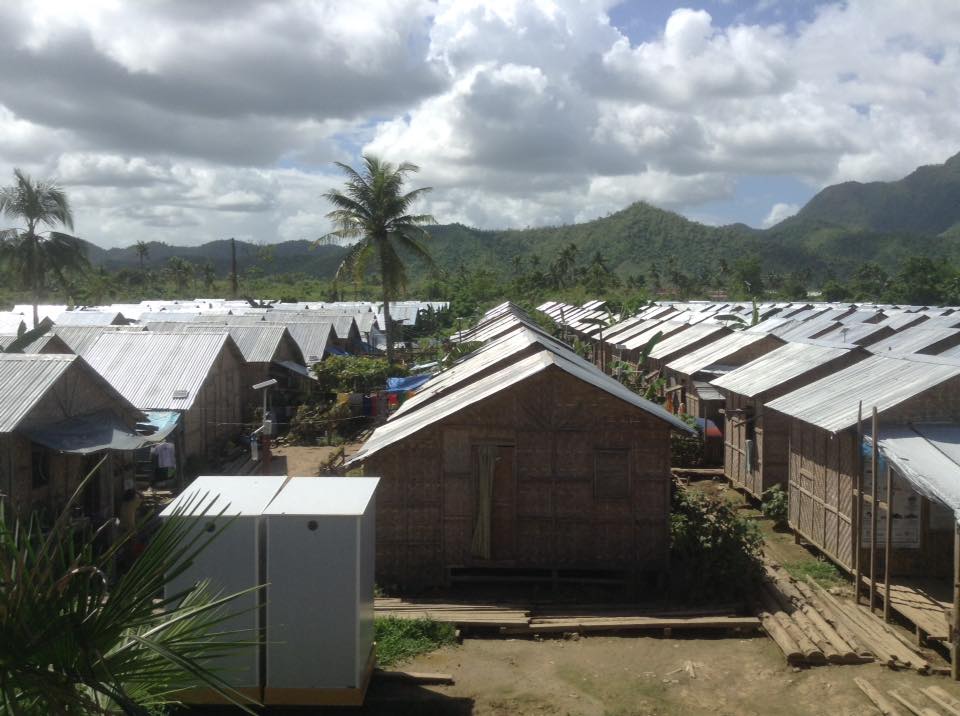
TRANSITIONAL HOUSING IN TACLOBAL (PHOTO: AUTHOR)
Forced relocation
Fourth, urban reconstruction face serious concerns regarding housing and land rights. In the case of Tacloban, the forced relocation of thousands of families residing in “no-build zones” in resettlement sites in the northern barangays of the city is beset with the following problems: dilapidated housing, neglected infrastructure in resettlement sites, exposure to flooding, and the lack of water and livelihood opportunities. In Marawi, most of the residents affected by internal displacement face the risk of further evictions once the reconstruction process is in full swing as most Marawi residents do not have land titles.
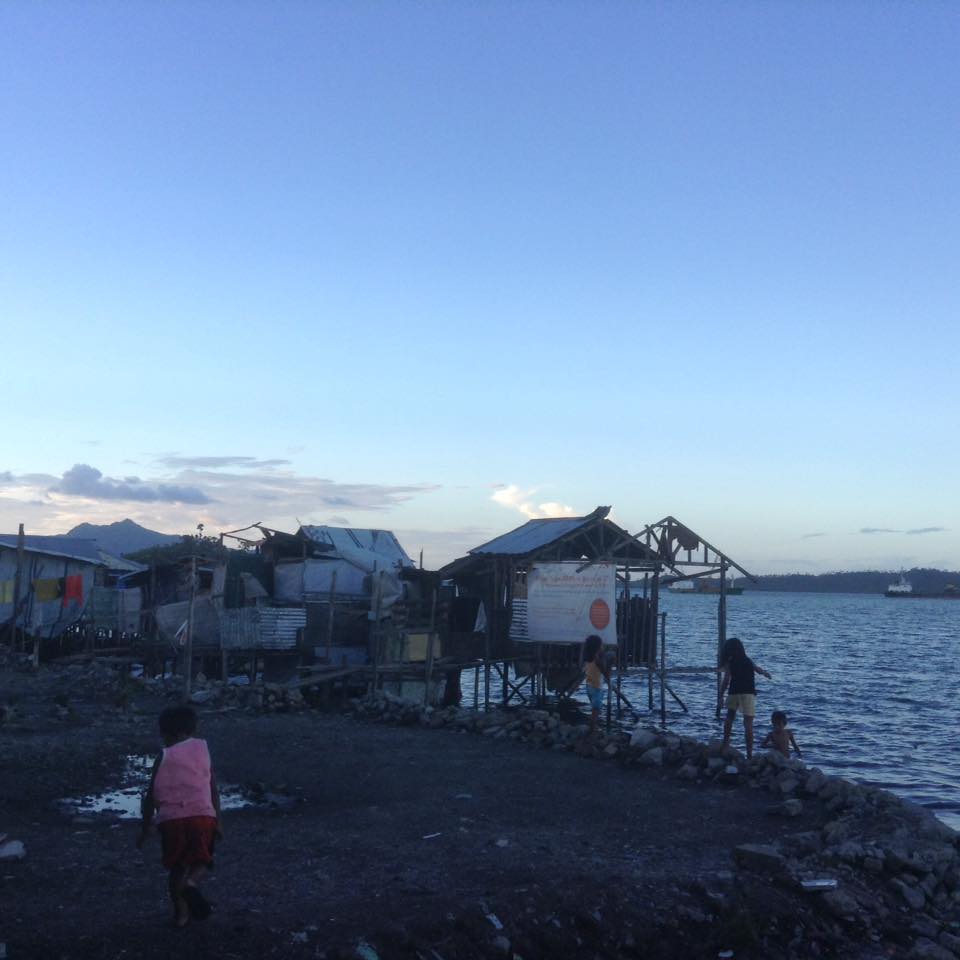
TACLOBAN “NO-BUILD” ZONE (PHOTO: AUTHOR)
Resistance
Lastly, resistance from civil society groups features centrally in both cases. In Tacloban, the organisation People Surge has taken the lead in mobilising disaster victims in criticising the post-Haiyan reconstruction process such as the imposition of the no-build zone and the promotion of gentrification of the city. The group also protested against corruption in the disaster relief response.
In Marawi, different civil society organisations such as the Ranaw Multi-Sectoral Movement and the Moro Consensus Group have been vocal in criticising the reconstruction process. Some have also protested the looting of homes by government troops and have demanded compensation from the government for damaged properties.
In both cases, government sought to discredit opposition as leftist organisations seeking to destabilise a popular government. The military-driven approach to reconstruction closes off avenues for criticism, as the military has a longstanding distrust on organisations that are perceived to be leftist.
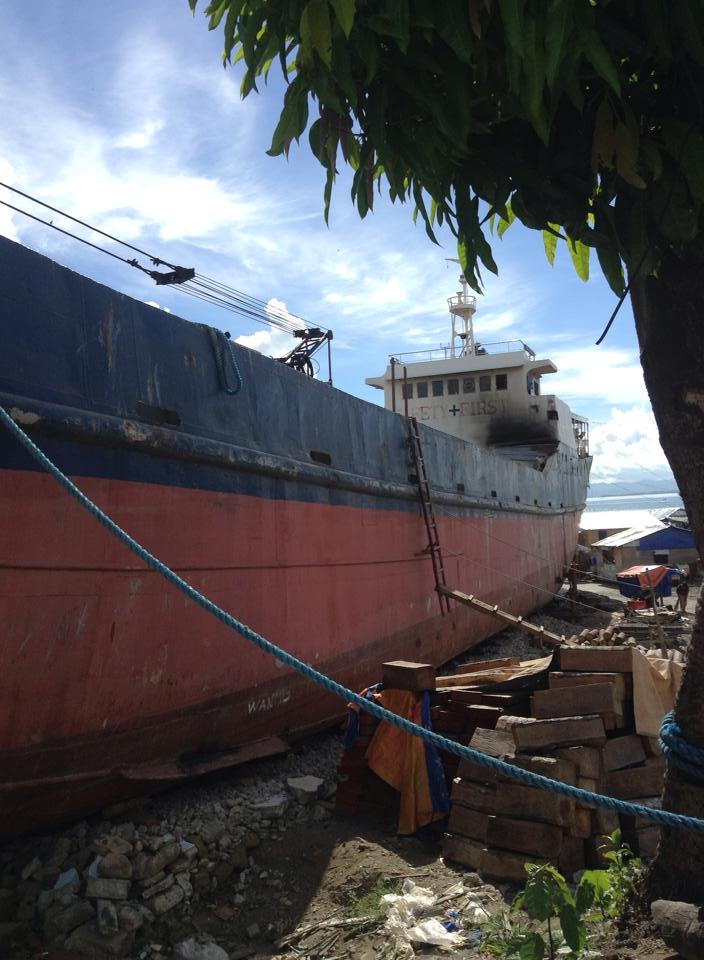
SHIP GROUNDED BY TYPHOON YOLANDA, TACLOBAN (PHOTO: AUTHOR)
Discontent in these cities largely boils down to the systematic exclusion of community empowerment in the overall reconstruction process. In both cities, the process of integrating community participation has been found lacking.
While task force agencies in both cases have undertaken the process of “consulting” stakeholders in the process, critics have maintained that these consultation processes are merely information dissemination campaigns.
Reconstruction programs have already been set in stone within the offices of these task force agencies.
Does participation stand a chance?
There are key characteristics of the Marawi crisis that will affect the adoption of a participatory approach in the reconstruction of the city. First, residents of the city belong to various ethnic configurations and clan affiliations that will affect cooperation and conflict in the reconstruction process. There is no one voice in Marawi, and how disagreement will be negotiated and resolved will be based on the institutional history of the city. Addressing the role of local actors and groups that have decisive impact on communities is important in laying the foundations for an inclusive participatory approach.
Second, the Philippine military has played a key role in resolving the Marawi crisis, neutralising wanted terrorists who led the uprising. They are a key actor in reconstructing the city, planning its recovery along security rationales. Furthermore, they possess majority of the land in the city. There are already plans for the construction of a second military camp in the city which have raised fears that the Islamic city of Marawi will be turned into a garrison city. How can the military respond to the implementation of a participatory process in the city?
Happy-washing: how a ‘happiness campaign’ hurts disaster survivors
Tacloban's new tourism campaign is a coverup of five years of post-Yolanda devastation.
The road to hell is paved with good intentions, an old saying goes. The experience of Tacloban’s post-Haiyan reconstruction shows that the lack of meaningful participation results in inefficient allocation of resources and disgruntled beneficiaries. After almost five years since the typhoon, most of the survivors still struggle to get back on their feet.
The next few years of the Marawi reconstruction is a crucial litmus test for the government. Its ability and willingness to incorporate an institutional framework that can ensure greater community participation and afford greater control to the residents over the reconstruction process can ensure a holistic recovery of the city. Failure to do so can cause wounds of the battle of Marawi to fester, tormenting the city and its residents for years to come.
 Facebook
Facebook  Twitter
Twitter  Soundcloud
Soundcloud  Youtube
Youtube  Rss
Rss 